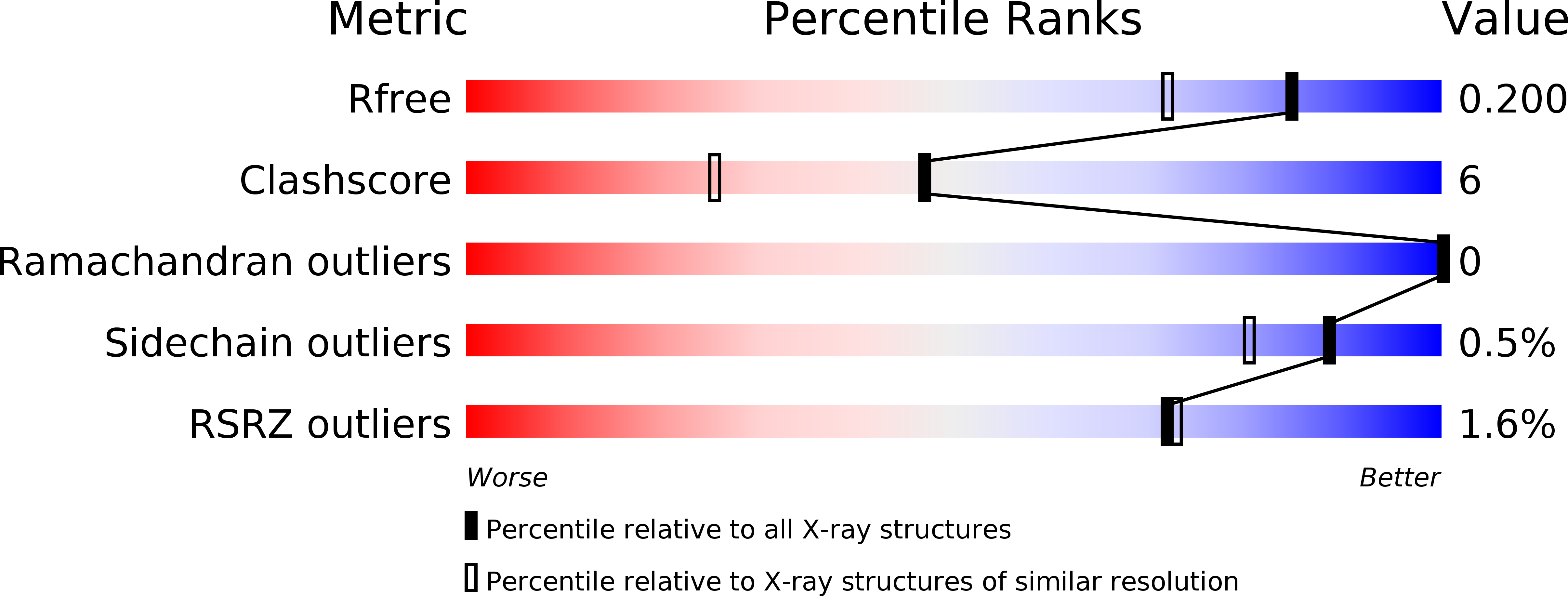
Deposition Date
2011-11-16
Release Date
2012-07-25
Last Version Date
2024-11-27
Entry Detail
PDB ID:
3UO1
Keywords:
Title:
Structure of a monoclonal antibody complexed with its MHC-I antigen
Biological Source:
Source Organism:
Mus musculus (Taxon ID: 10090)
Method Details:
Experimental Method:
Resolution:
1.64 Å
R-Value Free:
0.20
R-Value Work:
0.18
R-Value Observed:
0.18
Space Group:
C 1 2 1


